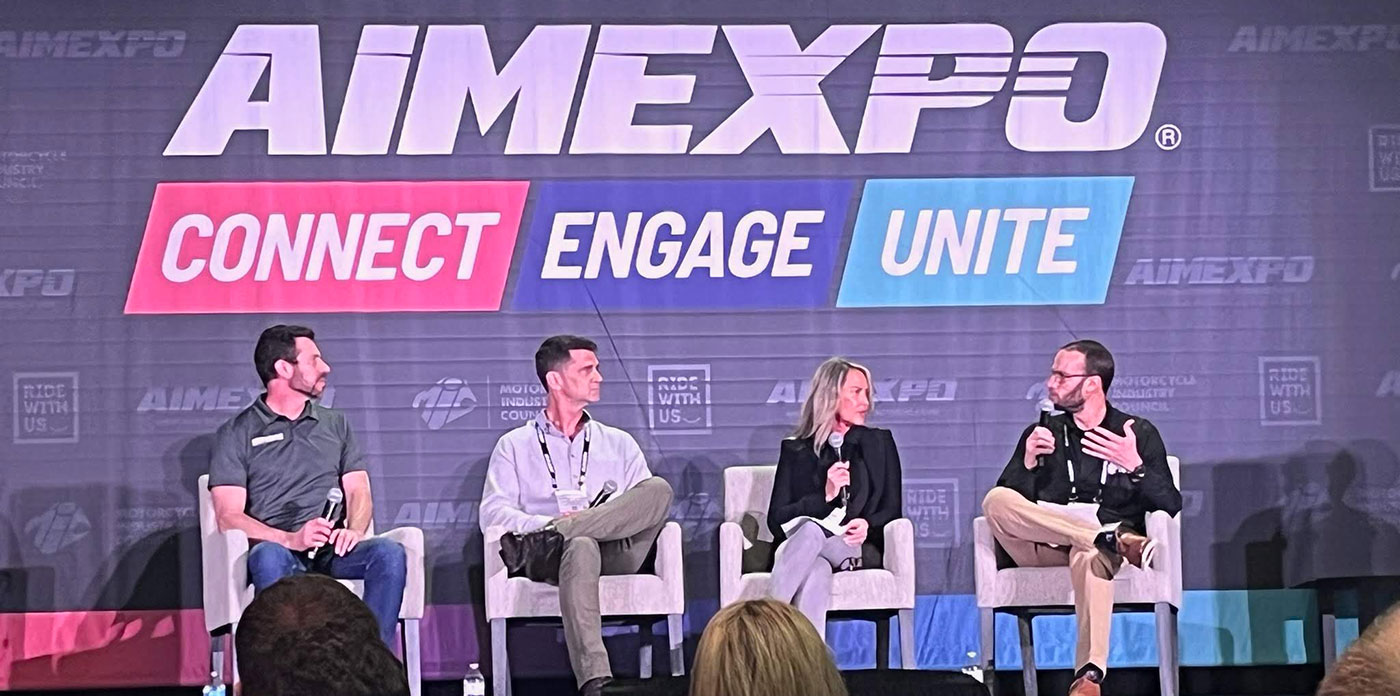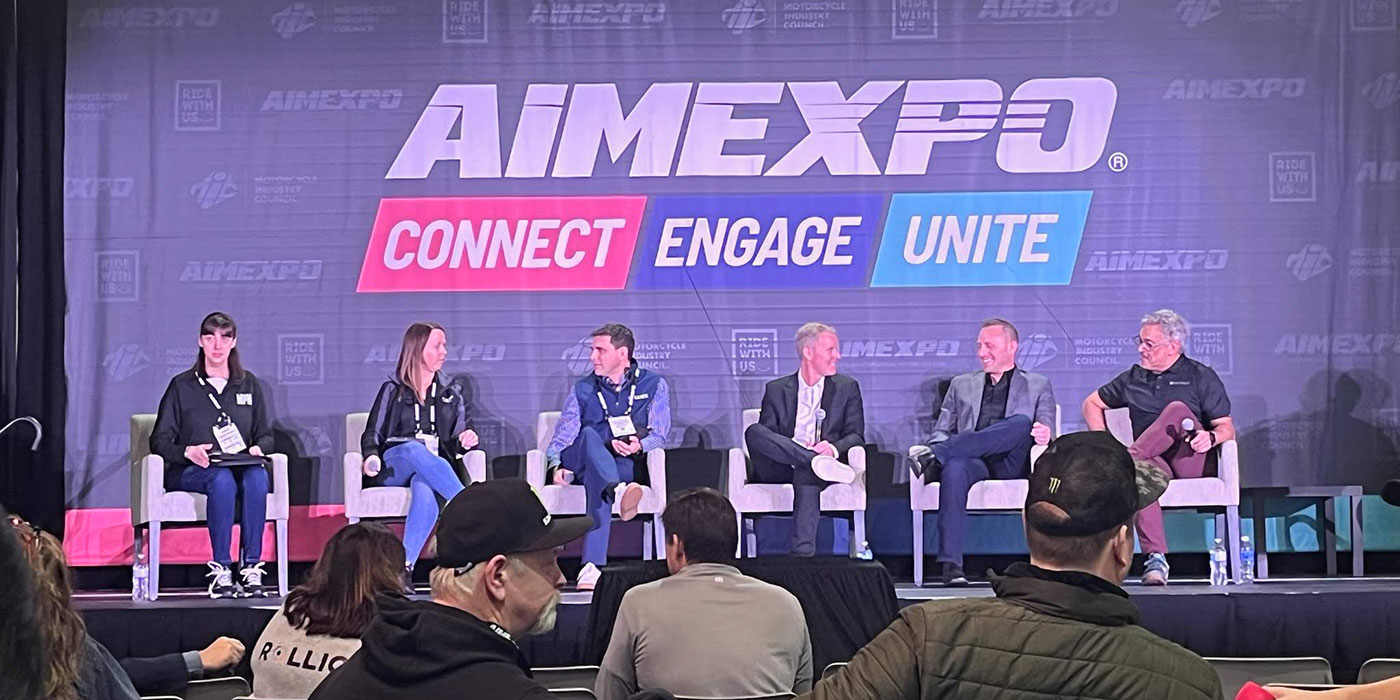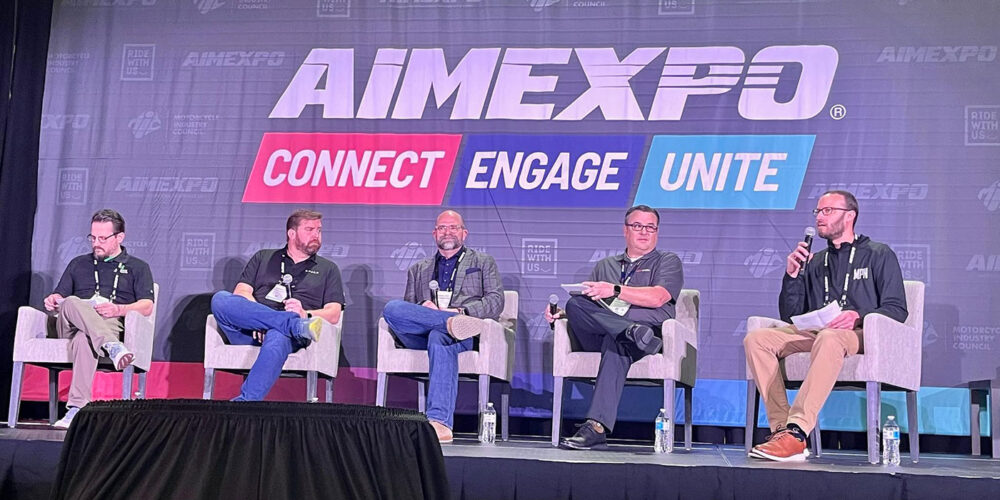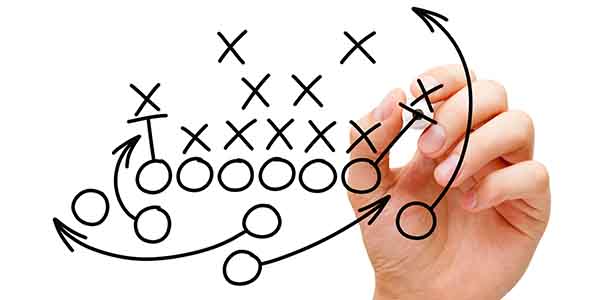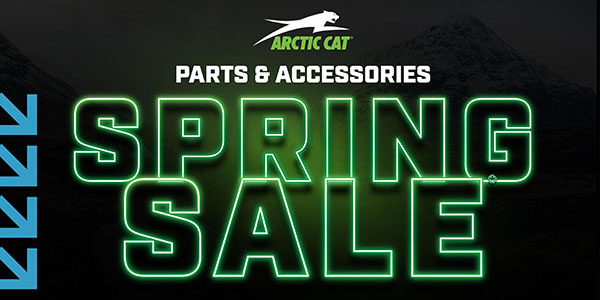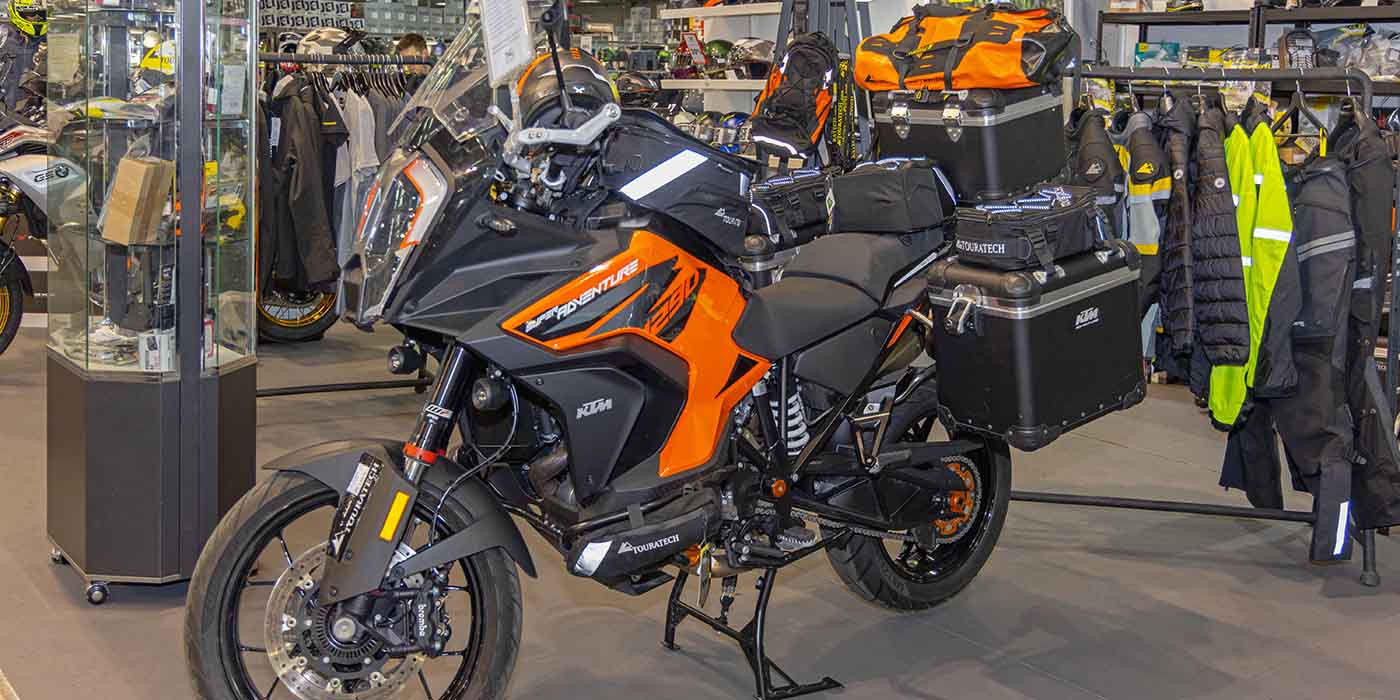Sales training is either the most important thing in your dealership or it’s not. I’m not trying to shove it down your throat, I’m just saying that if it is, then it is. I’ve always operated under the premise that it is and have always assumed that everyone I’ve ever worked with, along with readers of this column, would agree with me. The dealers I work with that incorporate sales training as part and parcel of their everyday lives are the ones that enjoy the most consistent success in their sales departments.
When I was a sales manager, training was the one thing that I never let up on. When I did, the results were always instant and always obvious. When I slacked off, results fell off period! So how does one initiate a training plan? Let’s hope the following helps!
Warning: when you first get started with sales meetings, it’s far too easy and even tempting to let them spiral downward into “bitch sessions.” Does the following statement from a client sound hauntingly familiar? “My sales meetings usually get started about 10 minutes late and then deteriorate from there.” I really think most people give up on sales training for that very reason. That and the fact that sales training seems like such a mystery to most people. I believe it ain’t magic if you approach it with logic.
As with most magic tricks, sales training is really quite simple when broken down into the basic elements. The two keys to holding effective sales meetings are material and format. As for the format, I started out by designing my sales meetings around the following outline taught to me by my grandfather, the greatest salesperson to ever live.
Step 1:Tell ‘em what you’re gonna tell ‘em
Step 2: Then tell ’em
Step 3: Then tell ’em what you told ’em
Tell ’em what you’re gonna tell ’em is essentially announcing what you intend to talk about in the meeting. Granddad used to start every sales meeting by asking if we could all agree that we’ll cover this or that. It was his way to let the team choose the agenda for the meeting. That way it’s the staff’s idea to talk about the agenda items.
Next, he would steer the conversation by letting the staff take him exactly where he wanted them. He would always “poke” the conversation. When it would stall, he’d repeat the last few words that were said and look quizzical. Then, of course, someone would pick it up from there and explain and/or disagree and/or generally discuss the topic. Whatever happened, he’d take great satisfaction knowing that they were thinking about what he wanted them to think about.
Finally, he would simply restate what he had said in the beginning regardless of what direction the meeting had taken simply to let the salespeople believe that they had thought it all up themselves.
I find that sticking to that basic layout keeps the “moan and groan” sessions to a minimum. So now that you’ve got them there on time and they’re paying attention, what the heck are you gonna talk about?
The point of a sales meeting is to focus your team so that they’re thinking about what they do, not just doing what they do.
I always found multiple sources from which to glean material. I used to quote Zig Ziglar just to open up discussions or read aloud from a book by former UCLA basketball coach, the late John Wooden. Use anything that gets your team thinking about what they’re doing instead of just doing it, from quoting coaches like Vince Lombardi to reading speeches from political leaders.
I encourage you to take a structured, logical approach to training. Use your imagination. You know what you’re trying to accomplish, now go throw stuff at the wall until something sticks!
If you’d like something more structured or are in need of material for your training sessions, send me an email, and I’ll hook you up with some outlines for sales meetings.
I recently helped a client set up a tightly defined, consistent training protocol that starts with regularly scheduled coaching sessions. Each session is comprised of three main segments:
Focus: What are we attempting to coach?
Format: How is the coaching session going to be presented?
Follow Through: How will a coaching session be retained by the team?
A great coach doesn’t just lecture the team, hand them a game book and then leave them alone on game day. You can’t just plant a seed, walk away and expect it to grow. The players need a coach. Be the coach!


